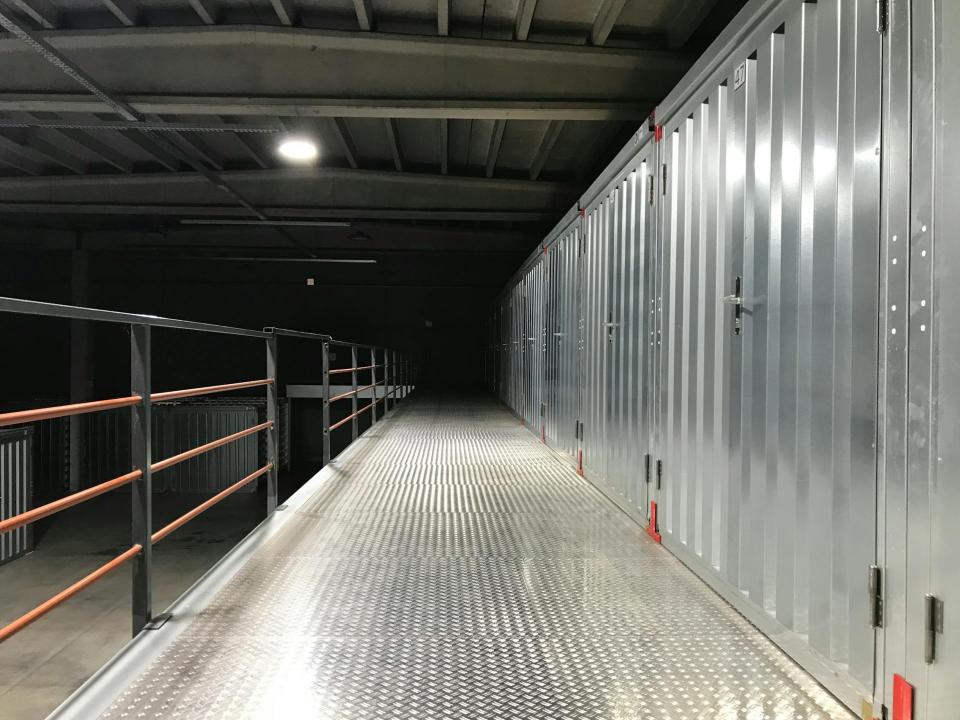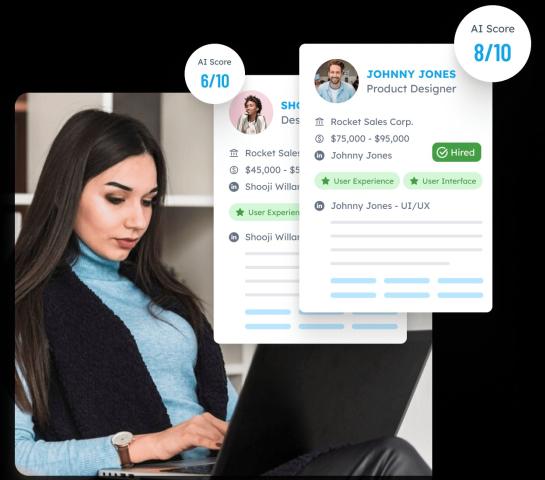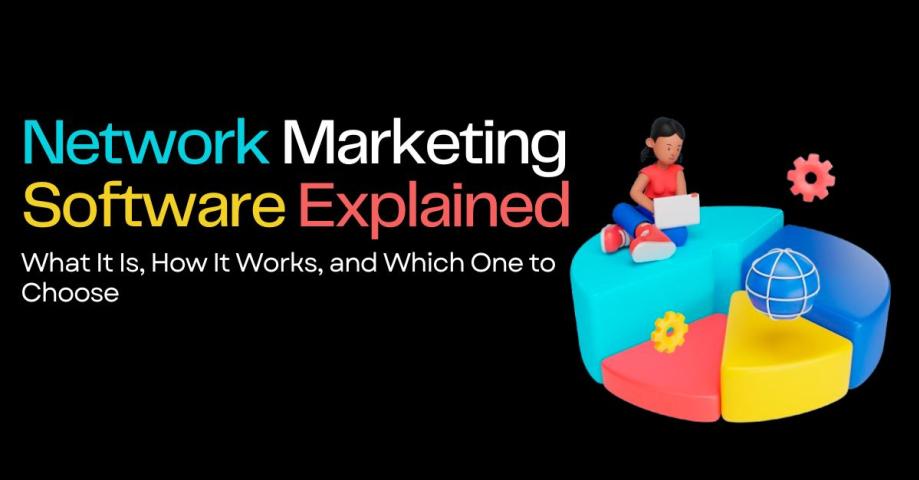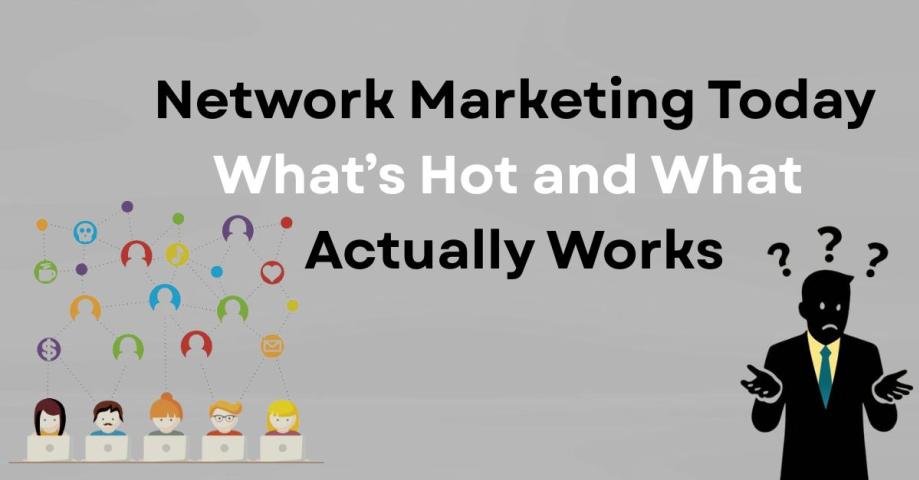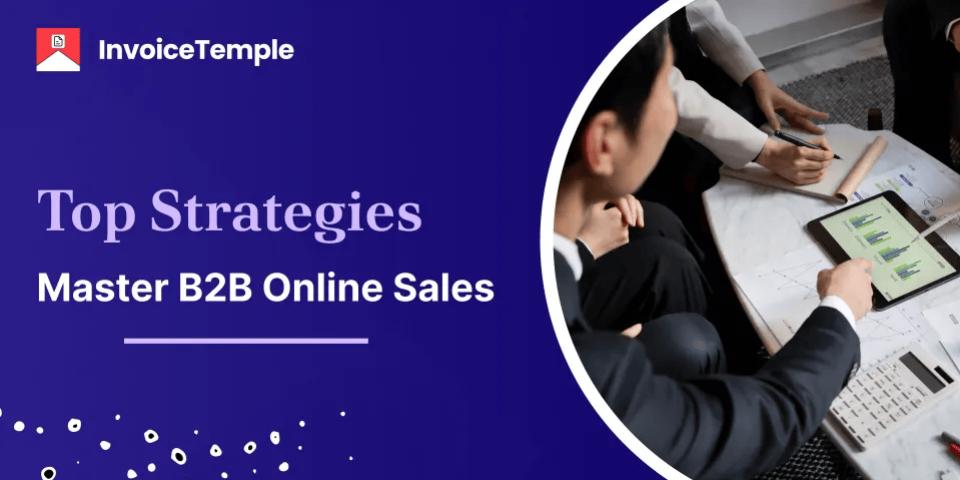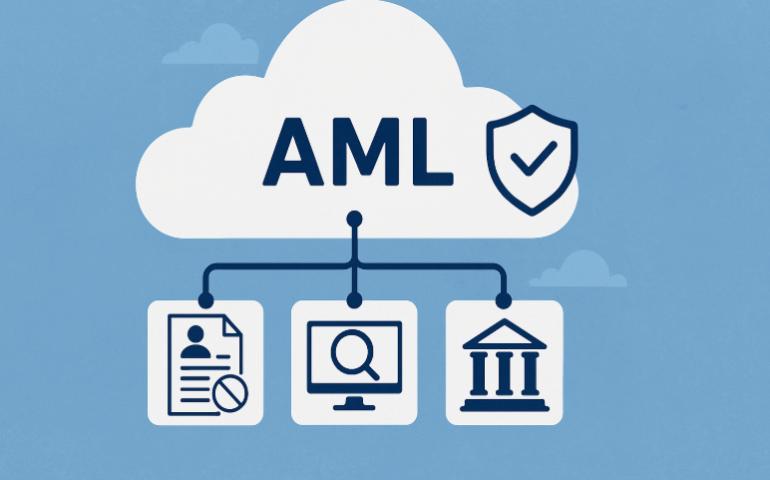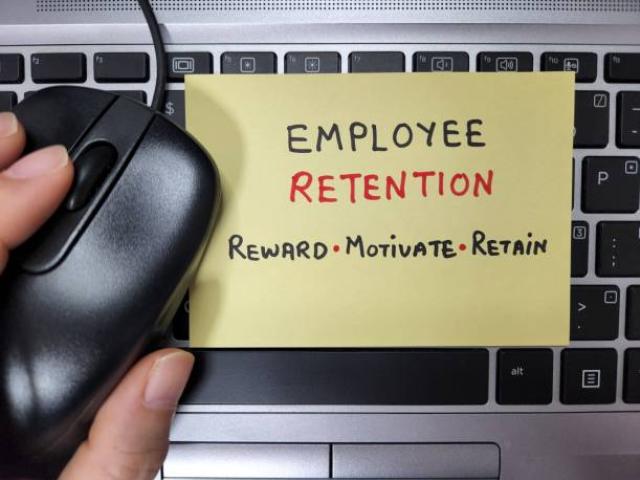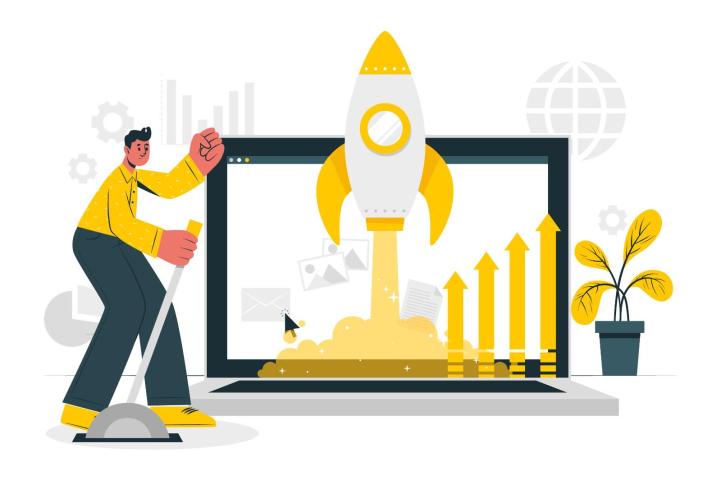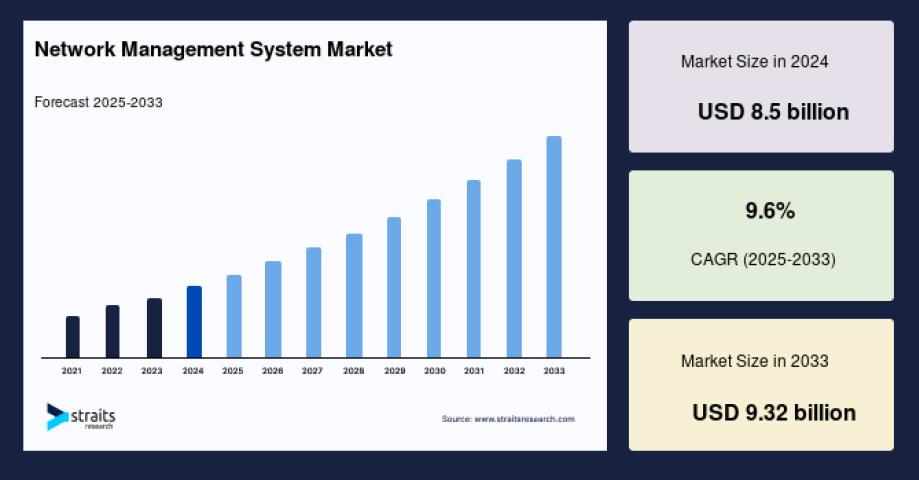It’s 2025, and managing a self storage facility no longer means sitting behind a dusty desk or manually checking locks row by row. The heart of a storage business has shifted from the lot to the cloud. I say this not from a desk in a co-working space, but from the road—because I spend my weeks moving between rural units in Tennessee, city-edge facilities in Birmingham, and unmanned micro-sites in the Netherlands. I have watched operators move from physical ledgers and clunky desktop apps to fully cloud-native platforms. And what I have learned is simple: remote facility success doesn’t come from automation alone—it comes from choosing the right cloud software, implementing it smartly, and trusting it to do the work you used to do by hand.
One of my most eye-opening moments this year was at a solar-powered, fully unmanned storage park just outside Albuquerque. The nearest employee lived 90 miles away. Not only was the facility thriving—it had near-perfect customer reviews, zero overdue payments, and a waitlist for larger units. How? They were using Smart Storage Software. With a web-based command center that gave the manager live views from their live-feed, automated lock control, tenant history, and billing flows, there was no need to be on-site. And here’s the key: every action taken by the software mirrored what a good, seasoned manager would’ve done—just faster, with fewer mistakes, and no lunch breaks. That’s the kind of transformation we are seeing. Not a change in industry, but a refinement of what good management looks like.
When I toured a chain of facilities in Southern France earlier this spring, I saw the opposite scenario. The owner was juggling multiple aging platforms, each managing different parts of the operation: one for leases, one for billing, another for gate control. It worked—but barely. Staff were exhausted, and errors were piling up. They eventually transitioned to 6Storage, which gave them a unified, multilingual platform with granular access control. Within two months, their admin hours dropped by 60%. Now, customers sign digital leases in French, English, or Dutch, get SMS reminders automatically, and even pay in multiple currencies. It wasn’t just software—it was a business rescue plan, and it was entirely cloud-based.
What I often see—especially in the U.S.—is people choosing well-known names like Sitelink Cloud because of brand legacy. Don’t get me wrong, it’s a stable system. But without thoughtful implementation, its power often gets lost. I walked into a site in Missouri that had been using Sitelink Cloud for over a year, but still printed out invoices and manually updated payment statuses. Meanwhile, just 50 miles away, a younger operator used Smart Storage Software to trigger an entire payment flow, late fee process, and lock deactivation in under 30 seconds—without lifting a finger. The difference wasn’t software quality—it was user strategy.
Let’s talk about storEDGE—a beast in its own right just like Smart Storage Software platform. It’s what I have seen thrive in the portfolios of large-scale European operators. I visited a 12-site business near Munich that had storEDGE customized to a tee: CRM integrations, financial reports linked to Xero, dynamic pricing modules adjusting rent based on occupancy rate, even Google Ads running in sync with availability. This wasn’t just cloud software. It was a commercial engine, driving digital marketing, revenue optimization, and tenant management from a single pane. But again, this isn’t an out-of-the-box magic wand. It takes serious onboarding. If you're not willing to get into the weeds, storEDGE will feel like a luxury car without a driver.
One software I didn't expect to love as much as I did was Yardi Breeze. It’s often overlooked because it's not as flashy in marketing, but when I walked into a multi-use facility in Leeds that was part storage, part office rental, I saw just how versatile it could be. Yardi Breeze handled storage leases alongside property management, shared calendar systems, and maintenance ticketing. The team used it to coordinate HVAC inspections and clean-out rotations as seamlessly as rent collection. For mixed-use or expanding operators, that kind of modular cloud utility is gold. It’s not always the obvious tools that deliver the most long-term value—it’s the ones that can grow with you.
From a remote management standpoint, one feature that continues to earn its keep is offline redundancy. I’ll never forget a stormy night in rural Georgia when two of my facilities lost power and connectivity. The difference? One was running Smart Storage Software with offline contingency sync. Even without internet, access logs were recorded, locks operated on cached data, and customer actions queued until the system came back online. The other facility, using a less robust platform, froze—literally. Tenants couldn’t enter. Support couldn’t respond. That six-hour blackout resulted in three refund requests and a dent in customer trust. Lesson learned: cloud-based doesn’t mean cloud-dependent—smart platforms plan for failure.
Another major leap I have seen with cloud-based software in 2025 is pricing automation. In a mid-sized facility in Rotterdam, I watched the manager explain how their system analyzed seasonal demand trends and competitor pricing, then recommended rent adjustments weekly. It wasn’t a gimmick—it was driving an additional 6–8% in monthly revenue. That’s huge for facilities with stable occupancy but low churn. Smart Storage Software and storEDGE both offer similar tools, and if you’re not using them yet, you're leaving money on the table.
One of the soft benefits I rarely see discussed—but one that truly changes how you manage from afar—is automated tenant communication. In Dublin, I visited a site that hadn’t made a phone call in months. Every customer interaction was handled by branded emails, scheduled texts, payment nudges, and AI-generated FAQ responses. And here’s the kicker: their customer satisfaction was higher than the hands-on locations. Automation isn’t the enemy of service—it’s often its most consistent form. Cloud-based platforms are now capable of replicating the tone, timing, and content of human interactions with uncanny accuracy. If you're still manually sending payment reminders in 2025, it's time to rethink your day.
Let’s not forget about hardware integration, either. I recently worked with a New Jersey-based operator who connected Smart Storage Software to smart locks, motion-activated lights, and IP cameras. When a unit was accessed after hours, the software pinged a timestamped alert with linked camera footage and lock history. The owner reviewed it from his phone while traveling in Spain. That’s peace of mind—not just for the manager, but for the tenants too. Security isn’t just about cameras anymore—it’s about intelligent, automated awareness.
At its core, cloud-based storage software is no longer just a “solution”—it’s a partner in operations. It's what lets a single operator manage four sites from a single dashboard. It's what turns a former real estate investor into a digital landlord. It’s what saved a struggling storage park from closure by reducing payroll costs without cutting service. And it’s what will define the difference between thriving and surviving as remote models continue to dominate this industry.
You don’t need to be a coder or a techie to benefit from these platforms—but you do need to commit to rethinking how you manage. This isn’t about replacing people—it’s about freeing them to focus on the work that adds real value. Choosing cloud-based self storage software is no longer a luxury or an experiment. It’s a commitment to modern business standards. And in 2025, the best-run facilities aren’t the ones with the best gates, the best landscaping, or the biggest footprint. They’re the ones with the best systems behind the scenes—quietly working, day and night, from the cloud.
